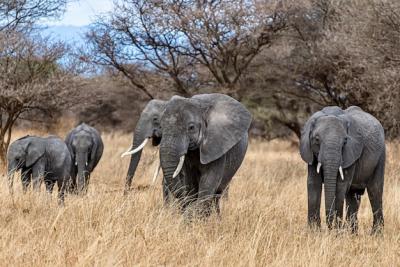Giant Panda, Ailuropoda melanoleuca on a White Background – Free Download
Meet the Giant Panda: Ailuropoda melanoleuca
The Giant Panda, scientifically known as Ailuropoda melanoleuca, is one of the most beloved animals in the world. With its distinctive black-and-white fur and gentle demeanor, it captures the hearts of wildlife enthusiasts and casual observers alike. This enchanting creature is not only a symbol of wildlife conservation but also represents the essence of serenity in nature.
The Appearance of the Giant Panda
The Giant Panda has a unique appearance that distinguishes it from other bears. Its round face, large eyes, and robust body make it easily recognizable. The striking contrast of black and white fur adds to its charm:
- Black patches around the eyes: These features help to reduce glare and enhance their vision in the forested habitat.
- White fur: The white areas provide a certain camouflage against snowy backgrounds.
- Strong limbs: Giant Pandas possess strong forelimbs that are perfect for climbing trees and grasping bamboo, which makes up the majority of their diet.
Where Do They Live?
Giant Pandas live predominantly in the mountain ranges of central China. Their habitat is characterized by bamboo forests where they can find ample food and shelter. The loss of habitat due to agriculture and development has made their survival challenging, leading to conservation efforts aimed at protecting their natural environment.
Diet and Feeding Habits
As herbivores, Giant Pandas primarily consume bamboo, which accounts for about 99% of their diet. Here are some interesting facts about their feeding habits:
- Daily consumption: An adult Giant Panda can eat between 26 to 84 pounds of bamboo each day!
- Variety in diet: While bamboo is their main food source, they also occasionally eat fruits, vegetables, and even small animals.
- Feeding time: They spend about 10 to 16 hours a day eating to meet their energy requirements.
Behavior and Lifestyle
Giant Pandas are known for their solitary nature. Each panda has its own home range and typically avoids close interactions with others, except during mating season. Their demeanor is calm, and they are often seen lounging around or climbing trees. Despite their docile appearance, they can be quite agile and strong when necessary.
Conservation Status
Due to their declining population and habitat loss, Giant Pandas are classified as vulnerable. Efforts to aid in their conservation have been underway for decades, focusing on:
- Habitat preservation: Protecting and restoring the bamboo forests where they reside.
- Breeding programs: These programs in zoos aim to increase panda populations and educate the public.
- Community engagement: Involving local communities in conservation efforts to promote awareness and sustainability.
Final Thoughts
The Giant Panda is not just another animal; it is a symbol of peace and conservation efforts. By learning more about these gentle giants, we can appreciate their role in our ecosystem and the importance of preserving their habitat for future generations. Their charming personality and striking appearance make them a favorite, helping to raise awareness for wildlife conservation worldwide.












